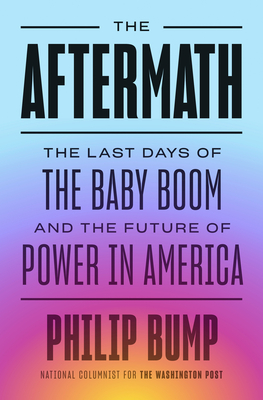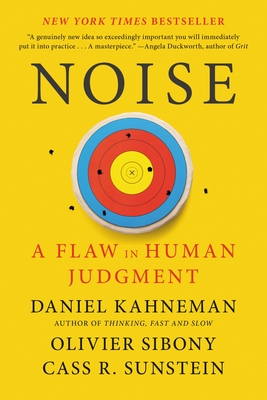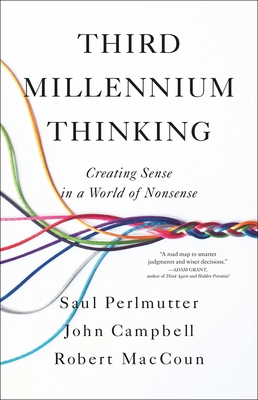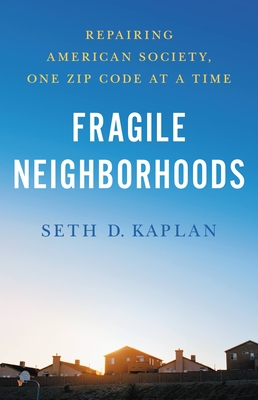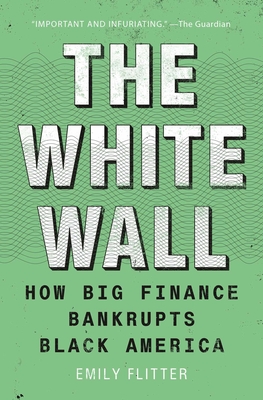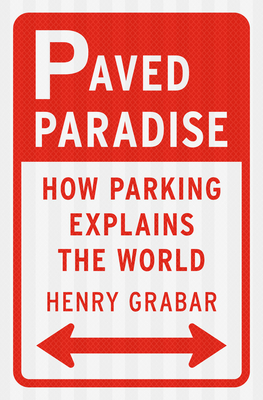
Research Tax Credit: Current Law and Policy Issues for the 114th Congress (Crs Reports)
Description
Technological innovation is a primary engine of long-term economic growth, and research and development (R&D) serves as the lifeblood of innovation. The federal government encourages businesses to invest more in R&D than they otherwise would in several ways, including a tax credit for increases in spending on qualified research above a base amount. This report describes the current status of the credit, summarizes its legislative history, discusses policy issues it raises, and describes legislation to modify and extend it. The report will be updated as warranted by legislative activity or other developments affecting the credit. The research credit (also known as the research and experimentation (R&E) tax credit) has never been permanent. It expired at the end of 2014. Since its enactment in mid-1981, the credit has been extended 16 times and significantly modified 5 times. While the credit is usually assumed to be a single credit, it actually consists of four discrete credits: (1) a regular credit, (2) an alternative simplified credit (ASC), (3) a basic research credit, and (4) an energy research credit. A taxpayer may claim one of the first two and each of the other two, provided it meets the requirements for each. In essence, the research credit attempts to boost business investment in basic and applied research by reducing the after-tax cost of undertaking qualified research above a base amount, which in theory approximates the amount a company would invest in R&D in the absence of the credit. As a result, the credit's effectiveness hinges on the sensitivity of the demand for this research to decreases in its cost. It is unclear from available studies how sensitive that demand actually is. While most analysts and lawmakers endorse the use of tax incentives to generate increases in business R&D investment, some have some reservations about the current credit. Critics contend that it is not as effective as it could or should be because of certain problems with its design. These include a lack of permanence, uneven and inadequate incentive effects, non-refundability, and an ambiguous definition of qualified research. In the 113th Congress, the House passed two bills (H.R. 4438, the American Research and Competitiveness Act of 2014, and H.R. 4, the Jobs for America Act) that would simplify and permanently extend the research tax credit. While the full Senate did not pass a similar measure, the Senate Finance Committee marked up S. 2260, the Expiring Provisions Improvement, Reform, and Efficiency Act. Among other things, the bill would extend the existing research credit through the end of 2015 and allow eligible small companies to apply up to $250,000 of any credit they could claim for the current tax year but not use because of insufficient tax liability against their federal payroll tax liabilities.










